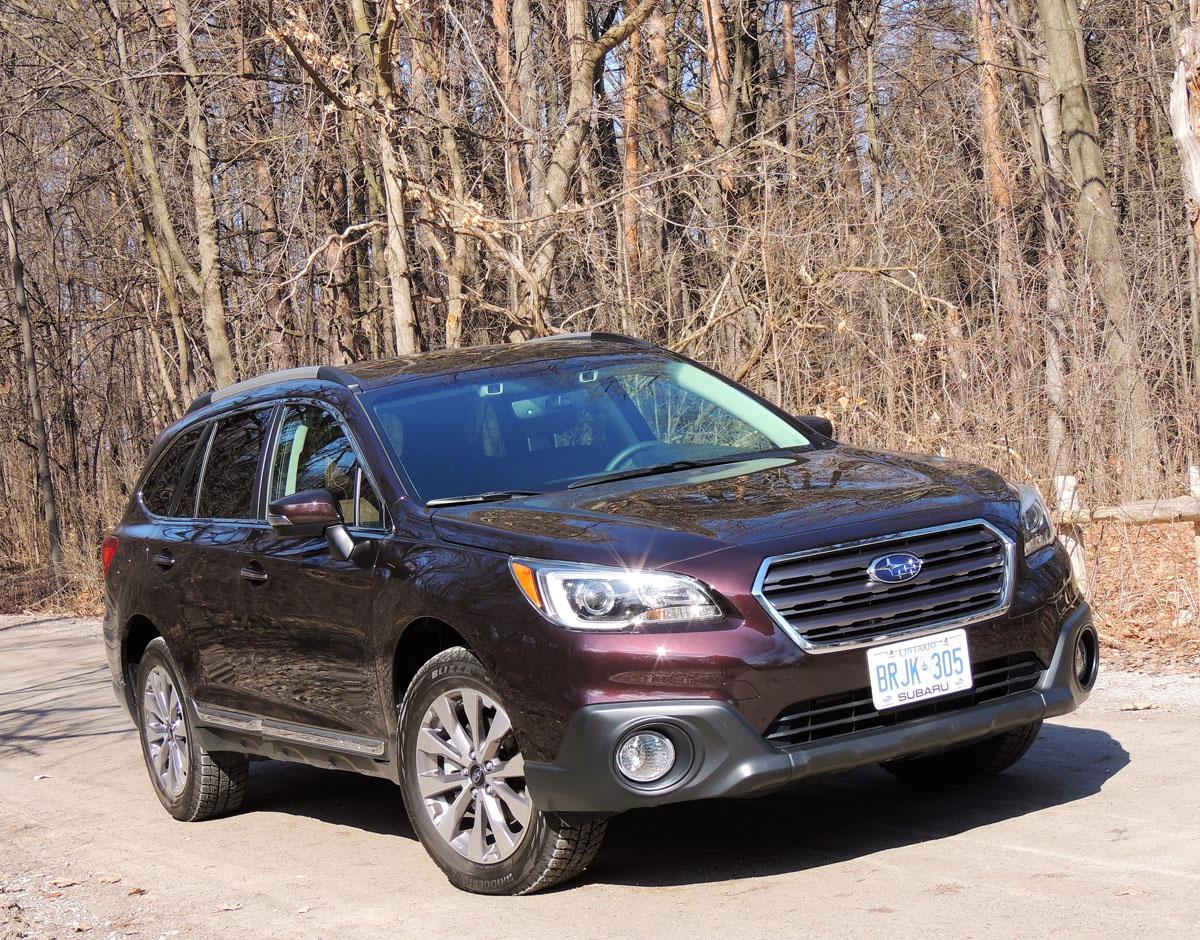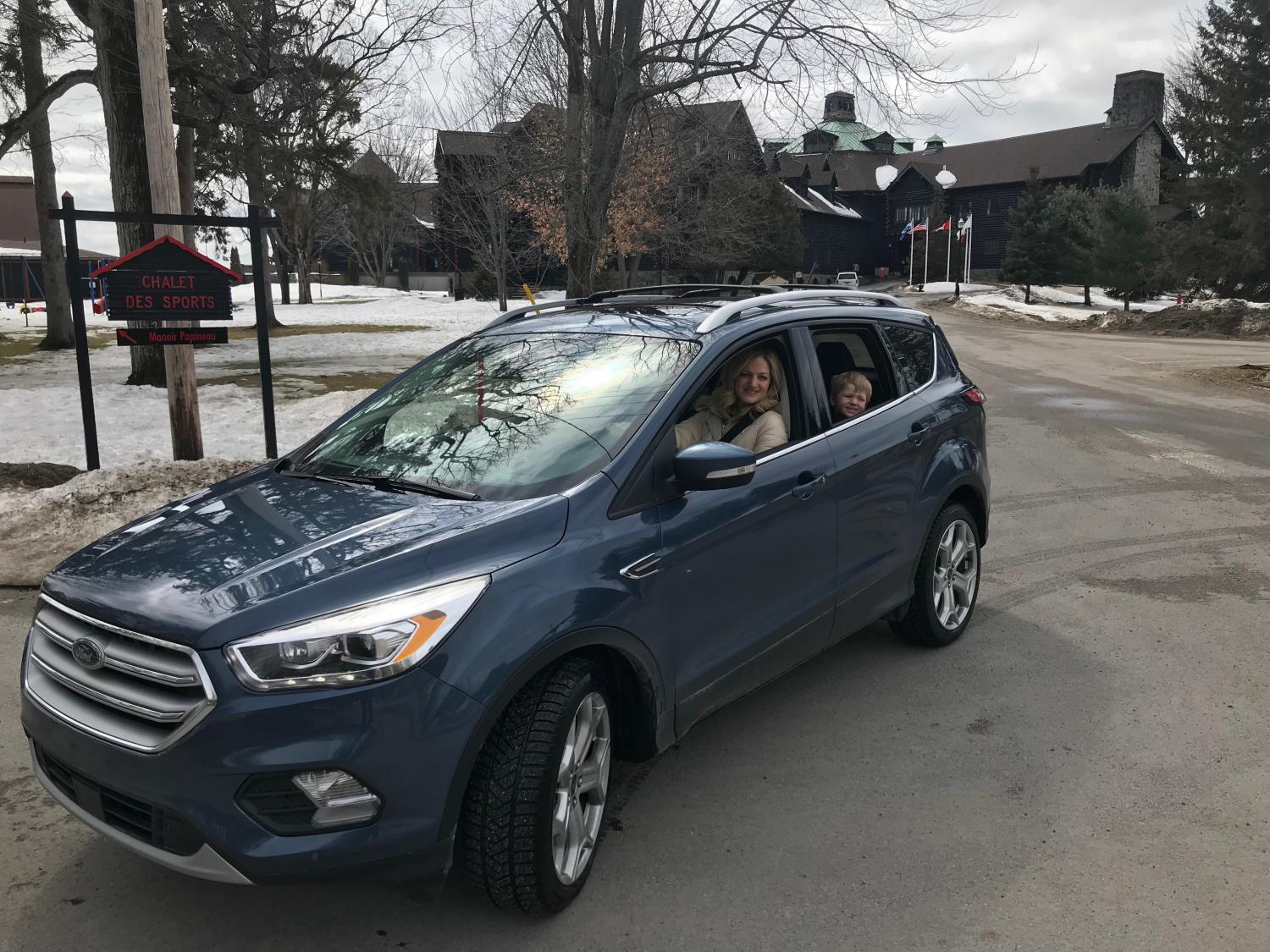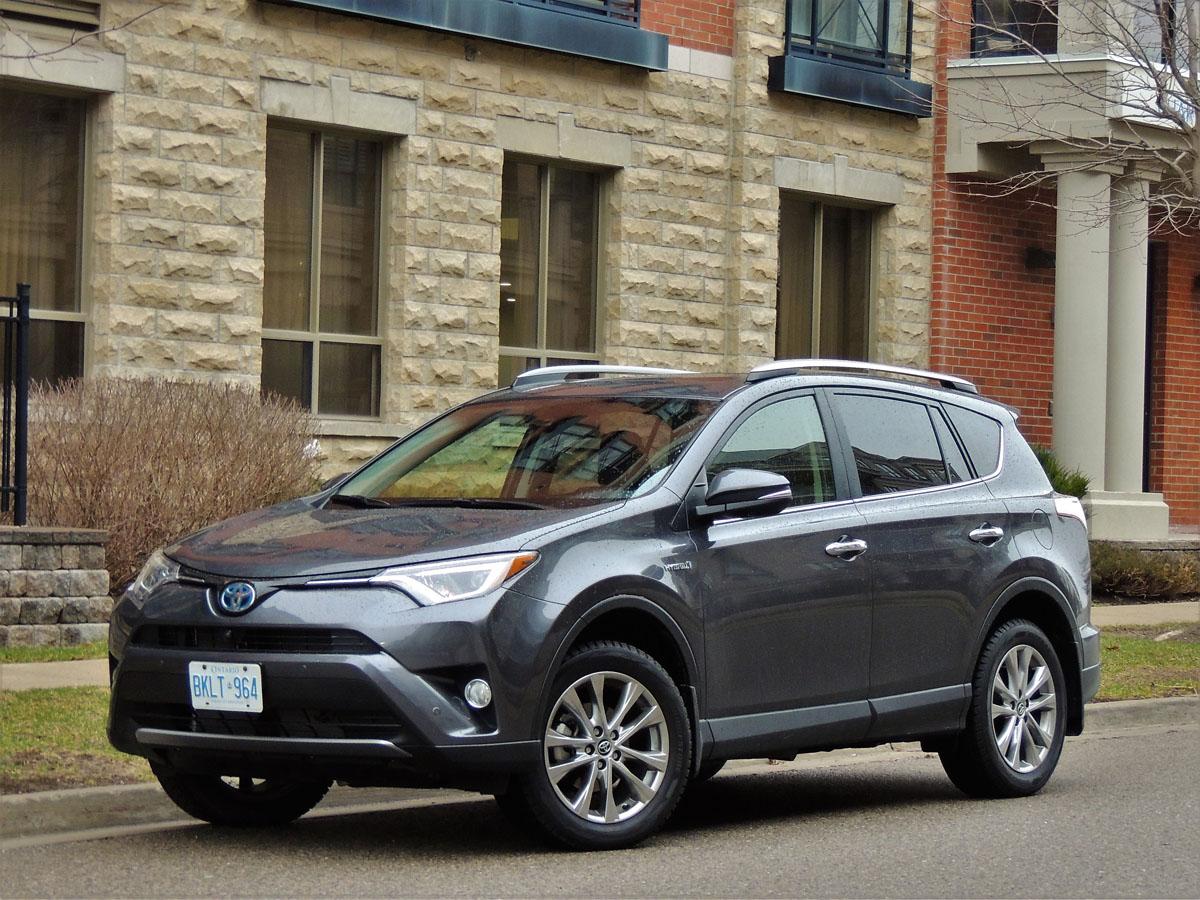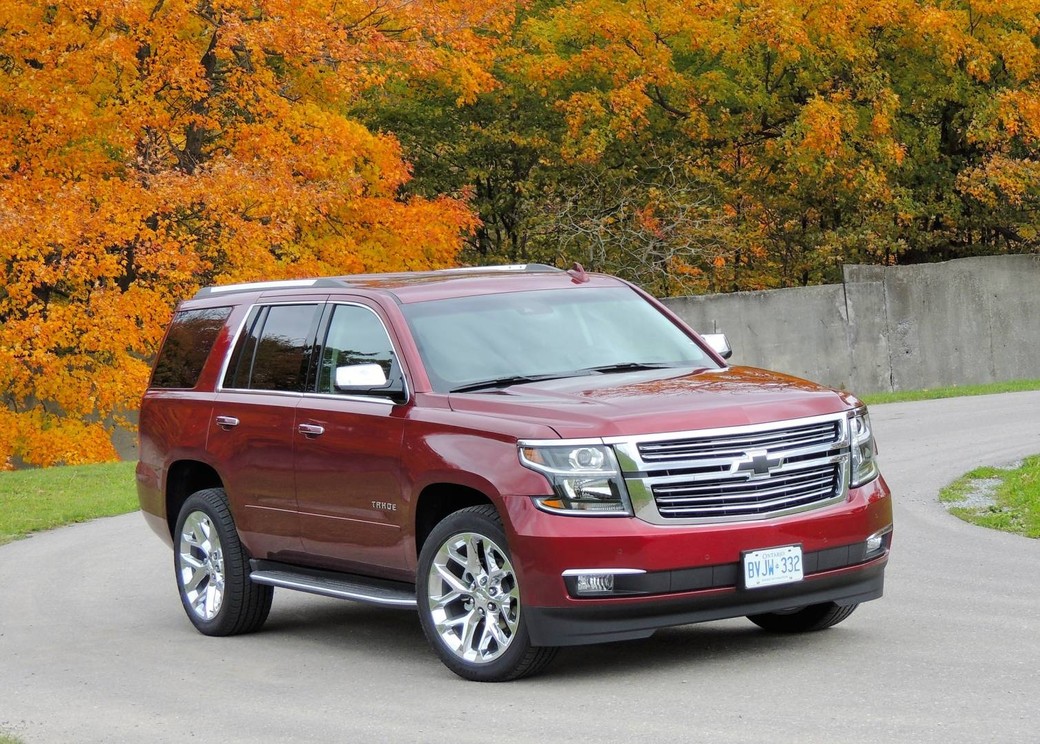
Subaru Outback an SUV and crossover alternative
Photos by Neil Moore / Feature image: Tall wagons like the Subaru Outback are an alternative to larger and taller SUVs and crossovers. Especially for those who prefer car-like driving dynamics.
Since the extinction of the lumbering Country Squires and Roadmasters of yesteryear, I’ve developed a fondness for wagons.
The European automakers have been getting these right for a long time. Vehicles like Volvo V60 and V90 (and the Cross Country), Audi A4 allroad, BMW 3 Series Touring, and now the Golf Alltrack – AJAC’s 2017 Canadian Car of the Year.
Meanwhile, Subaru has been quietly selling Legacy wagons here (until 2009) and continues with the somewhat burlier Outback. Which has been winning awards of its own, like “Best new SUV/CUV under $35K”in 2015 – the first model year of its current generation.
Subaru calls it their “mid-size SUV alternative.” It’s really a tall wagon. One that drives like a car, and a rather sporty one when equipped with the optional six-cylinder powertrain – as was my tester, the 3.6R Premier with Technology package.

Higher trim models benefit from upscale touches like aluminum, gloss black and woodgrain accents.
Priced at $41,595, it tops the model lineup that starts at $27,995 for the 2.5i. Aside from content levels, what differentiates the seven 2.5i models from the four 3.6R models is its powertrain.
Headlined by a horizontally-opposed “boxer” engine.
In lay terms, this means that pistons lie flat, with half facing one another in a “punch-counterpunch” motion. Such an engine layout is more symmetrical – and better balanced – than a typical inline or V formation, feeding power to the drivetrain more smoothly and directly.
The engine also sits lower in the chassis, improving stability in the corners for a more “planted” feel – which is a plus in a taller vehicle like Outback. This is aided by a wide track and fully-independent suspension.
Models labelled 2.5i get the DOHC 2.5-litre four cylinder that produces 175 hp and 174 lb/ft of torque. These numbers seem modest for a 1,600-plus kilogram vehicle, but not so much when equipped with a six-speed manual transmission – at least in lower trim. Kudos to Subaru for still courting those of us who appreciate the third pedal.

I drove this configuration in the marginally-lighter Forester, and it wasn’t sluggish. The available CVT, however, may not be as satisfying.
Outbacks badged 3.6R are powered by the more robust 3.6-litre boxer that comes only with the Lineartronic CVT. This isn’t a surprise, as few upper-trim vehicles of any kind now come with a manual.
Thanks to engineering tweaks like using a chain instead of a more flexible belt, response is immediate when you punch the throttle. And like Nissan, Subaru has allowed their CVT to feel more like an automatic. Opt for manual mode and drivers can flick the paddle shifters to fire off six preset ratios. “Gear changes” are quick – more like a dual-clutch unit than a typical autobox.
Hence, the six cylinder’s 256 hp and 247 lb/ft of torque make it feel more ‘sport wagon’ than family hauler. Still, I wonder if Subaru could find a few more ponies with this much displacement. And if they choose to keep this engine, maybe they should.
Outback’s cousin – the Forester – has a 2.0-litre turbo four that delivers similar numbers, with more torque available at lower revs. And consider that Porsche, the other automaker renowned for boxer engines, until recently has been finding 100-plus more hp from their naturally-aspirated 3.8.
Food for thought…
Boxers aside, Subaru is also recognized for its symmetrical all-wheel drive. Unlike much of the competition, it works full-time and is not a ‘slip-and-grip’ system. Power is routed to all four wheels proactively rather than reactively. And weight is balanced along the vehicle’s centre line for better side-to-side stability.
During my week of testing, I had to keep reminding myself this wasn’t a sport sedan. Steering offered just the right amount of road feel, and the Outback was surprisingly flat – and well composed – in the turns. This, in part, is due to an active torque vectoring system that applies a touch of braking to the inside front wheel for more neutral cornering.

I could go on about driving dynamics, but typical wagon/crossover buyers tend to be more practical than gearheads like me.
So let’s focus on cargo and people moving, which begins in the passenger cabin, where you’ll find not only ample head and leg room in front – that’s a given – but in rear. Three full-sized adults can ride comfortably in the second row.
Seats, overall, are large and well padded, with standard heating up front and available heating in rear. There’s also optional 10-way power adjust for the driver (four-way for front passenger), and perforated leather on upper-trim models like mine with its ‘Java Brown’ upholstery.
Other nice touches include thicker padding on the armrests and centre console, aluminum and gloss-black accents, and faux woodgrain inserts that you know aren’t the real thing, but look pretty sharp nonetheless.
You needn’t spend upwards of $40K for a well-equipped Outback, as even the 2.5i ‘Touring’ ($31,295) comes with dual-zone climate control, power adjustable driver’s seat, six-speaker seven-inch touchscreen Infotainment with text messaging, and 17-inch alloy wheels.
Still, if you want such niceties as heated steering wheel and toasty rear seats, you’ll be spending the bigger dollars, as these only come in Limited trim and above.
Outback was always positioned as a ‘go-to’ vehicle for the granola-and-backpack crowd, and it still offers plenty of space for a weekend’s worth of camping gear – even with the 60/40 second row upright. Fold the seats flat, and this 1,005 litre cargo hold expands to 2,075 litres, rivalling some mid-size crossovers.
Most models also get a power tailgate, which in my tester included height memory. It’s ideal for those shorter in stature, as few things are less dignified than having to leap for the closing button. Especially if your aim is off.
The Technology package, which adds about $1,500, provides a full suite of safety and driver aids. First among these is Subaru’s EyeSight package that employs two cameras to scan the road ahead, and then co-ordinates a battery of “pre-collision” systems like braking and throttle management that step in when you don’t. There are also nannies to help keep you from swerving into another lane, or from backing into a parked car – or your garage door.
These are no excuse for muddled motoring, but with so many distractions like in-vehicle apps and texting, we should thank the automakers for saving us from ourselves.
And for continuing to build practical vehicles that have more than a modicum of performance.

SNAPSHOT: 2017 Subaru Outback
BODY STYLE: mid-size wagon
ENGINE: base 2.5-litre, horizontally-opposed “boxer” four cylinder (175 hp/174 lb/ft of torque); as tested 3.6-litre horizontally-opposed six cylinder (256 hp, 247 lb/ft)
TRANSMISSION: (base) 6-speed manual; 3.6R equipped with high-torque CVT – both with symmetrical, full-time AWD
FUEL ECONOMY: 2.5-litre with CVT 9.4/7.3 litres/100 km (city/hwy); 3.6-litre (as tested) 12.0/8.7 litres/100 km (city/hwy)
CARGO: 1,005 litres with seats up, 2,075 litres with 60/40 second row folded
PRICING: base 2.5i (with 6-spd manual) $27,995; 3.6R Touring $35,595; 3.6R Limited $39,095; 3.6R Limited with Tech Pkg $40,595; 3.6R Premier with Tech Pkg $41,595 Does not include freight and taxes. See website for additional packages and options.
WEBSITE: subaru.ca













